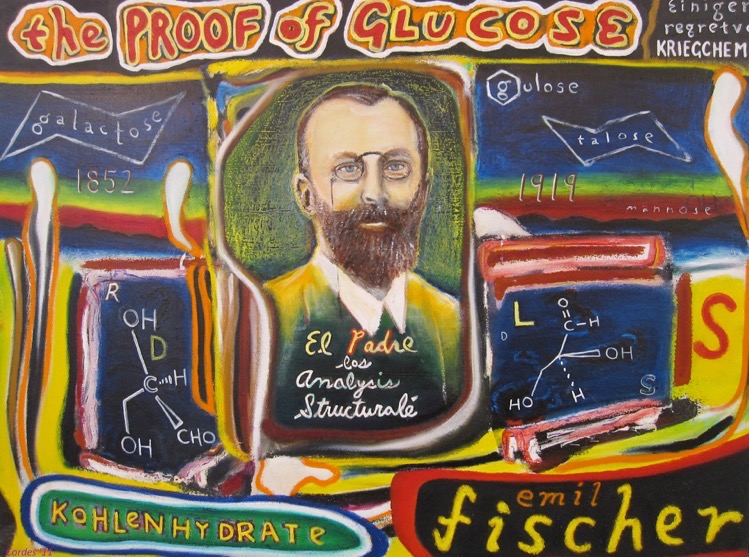Seduced by a Zeitgeist





Emil Fischer (1852-1919) was a pioneering chemist who performed remarkable work on the determination of the structure of carbohydrates. Since sugars and other carbohydrates occupy such an important place in human physiology, industry and culture, this was a problem of major concern in the late nineteenth and early twentieth centuries. Using only rudimentary experimental tools, Fischer employed an amazing logical approach to the biggest of these challenges: the determination of the structure of glucose. His ultimate triumph in this undertaking, the so-called “Proof of Glucose”, won him wide praise and the Nobel Prize in 1902.
He is perhaps better known to organic chemistry students, however, for his discovery of the so-called “Fischer Esterification.” This is a simple method for forming the fruity smelling compounds we call esters. This reaction combines carboxylic acids and alcohols using an acid catalyst. Each year, tens of thousands of organic chemistry students carry out the Fischer esterification as they synthesize banana oil and other fruity esters.
Sadly, this amazing chemist was caught up along with so many other Germans by the war fever (the Spirit of 1914) that gripped Germany prior to the outbreak of hostilities in World War I. Fischer went on to direct German chemical industry in support of the war effort, but grew disenchanted with the war as Germany’s fortunes slipped and two of his sons died in military service. Disappointed and saddened by theses losses, Fischer committed suicide shortly after the war in 1919.